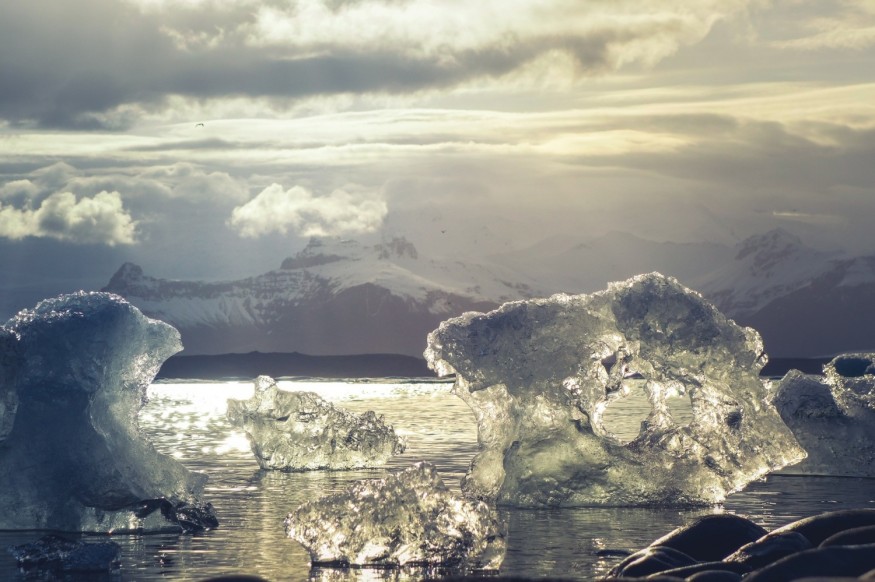
A major new study reveals how rapidly the Arctic is warming and examines global consequences of continued polar warming with 2019 on pace as one of the warmest years on record.
The report on the outlook for polar regions says Arctic trudges steadily toward a dangerously warm future with consequences on the horizon for everyone.
The study, published in the journal Science Advances, underscored that the Arctic has warmed by 0.75 degrees Celsius in the last decade alone. The Earth as a whole, by comparison, has warmed by 0.8 degrees Celsius over the past 137 years.
Eric Post, a UC Davis professor of climate change ecology who serves as the lead author of the study, said many of the changes over the past decade are drastic enough to make you wonder what the next decade of global warming would bring.
Post sad Earth is certainly on the threshold if the planet haven't entered a new Arctic.
Post added there is a real possibility that Earth would be entering a phase of accelerated Arctic warming in the next two to four decades if mitigation action isn't taken soon.
What 2 degrees mean for the poles?
The comprehensive report documented the widespread effects of warming in the Arctic and Antarctic on wildlife, traditional human livelihoods, tundra vegetation, methane release, and loss of sea- and land ice.
The researchers, composed of an international team of 15 authors specializing in an array of disciplines, also examined consequences for the polar regions as the Earth inches toward 2 degrees Celsius warming, a commonly discussed milestone.
Post pointed out that Earth may reach "a milestone" in about 40 years under a business-as-usual scenario.
"But the Arctic is already [in the milestone] during [several] months of the year," the lead author said.
Post added that milestone could reach 2 degrees C warming on a yearly basis as soon as 25 years before the rest of the planet.
The study illustrates what 2 degrees C of global warming could mean for the high latitudes: up to 7 degrees C warmth for the Arctic and 3 degrees Celcius warmth for the Antarctic on certain months of the year.
Active, near-term measures to reduce carbon emissions are crucial to slowing high latitude warming, particularly in the Arctic, according to the authors.
Beyond the polar regions
The lead author emphasized that major consequences of forecasted warming in the absence of carbon mitigation are expected to reach beyond the polar regions.
Arctic and Antarctic are among the places affected in the sea level rise resulting from rapid melting of land ice, increased risk of extreme weather, deadly heat waves, and wildfire in parts of the Northern Hemisphere.
Michael Mann, a distinguished professor of atmospheric sciences at Penn State who is one of the co-authors of the study, said what happens in the Arctic doesn't stay in the Arctic.
"The [drastic] warming and melting of Arctic ice is [affecting] the jet stream in a way that gives us more persistent and damaging weather extremes," he said.
© 2025 NatureWorldNews.com All rights reserved. Do not reproduce without permission.





